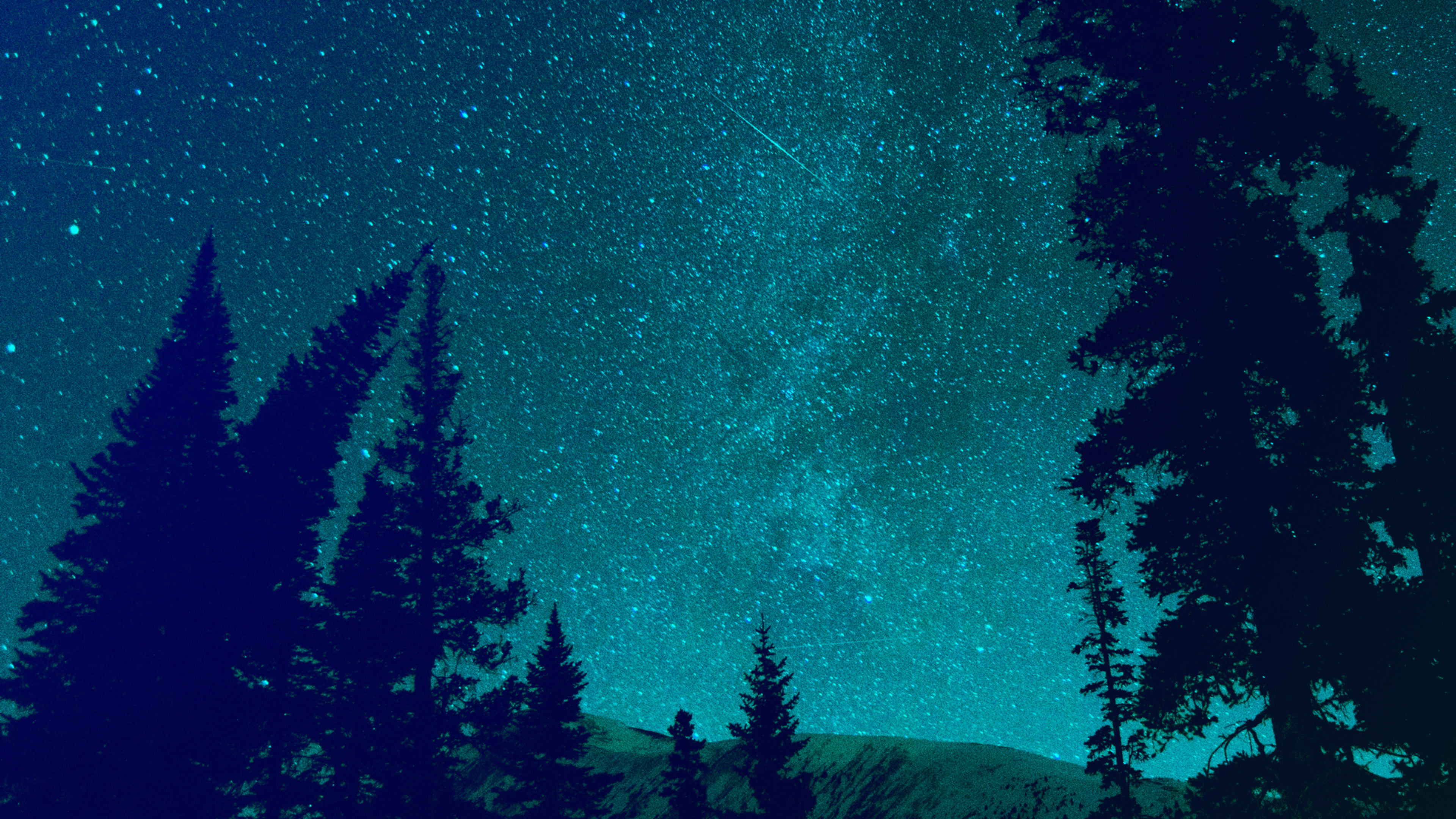If you need a break from the relentless tide of data visualizations detailing unemployment rates, coronavirus cases, and deaths of people and businesses, we feel you. And so does the universe.
Monday night into the wee hours of Tuesday morning (May 4-5) will be peak viewing time for a celestial display, when the Earth will be making its way through the Eta Aquariids, one of the meteor showers from Halley’s comet. This is especially true if you live in the Southern Hemisphere.
As always, the best time to see a meteor shower is in a place with no light pollution. Now that coronavirus quarantines have slowed traffic, air pollution isn’t as much of a factor, even in major cities. But moonlight and clouds will obscure the show. Your eyes alone are the best tools, as telescopes and binoculars can actually limit your field of vision. In a report for Space.com, Bill Cooke, the lead for NASA’s Meteoroid Environment Office, said: “Give your eyes 30 to 45 minutes to adapt to the dark, and take in as much of the sky as possible by lying down flat on your back.”
If you can’t get out to see them with your naked eye, or the weather isn’t cooperating, there are several live streams to help you spot the splendor from NASA, the citizen volunteer project Meteorscan, or Slooh.
Recognize your brand’s excellence by applying to this year’s Brands That Matter Awards before the early-rate deadline, May 3.
